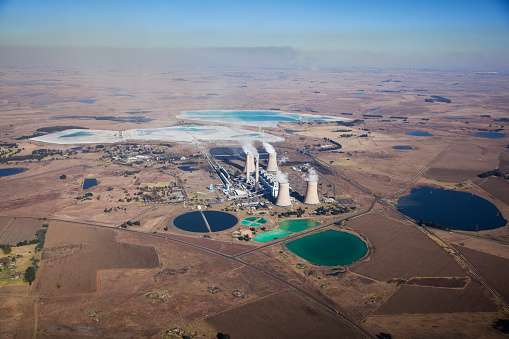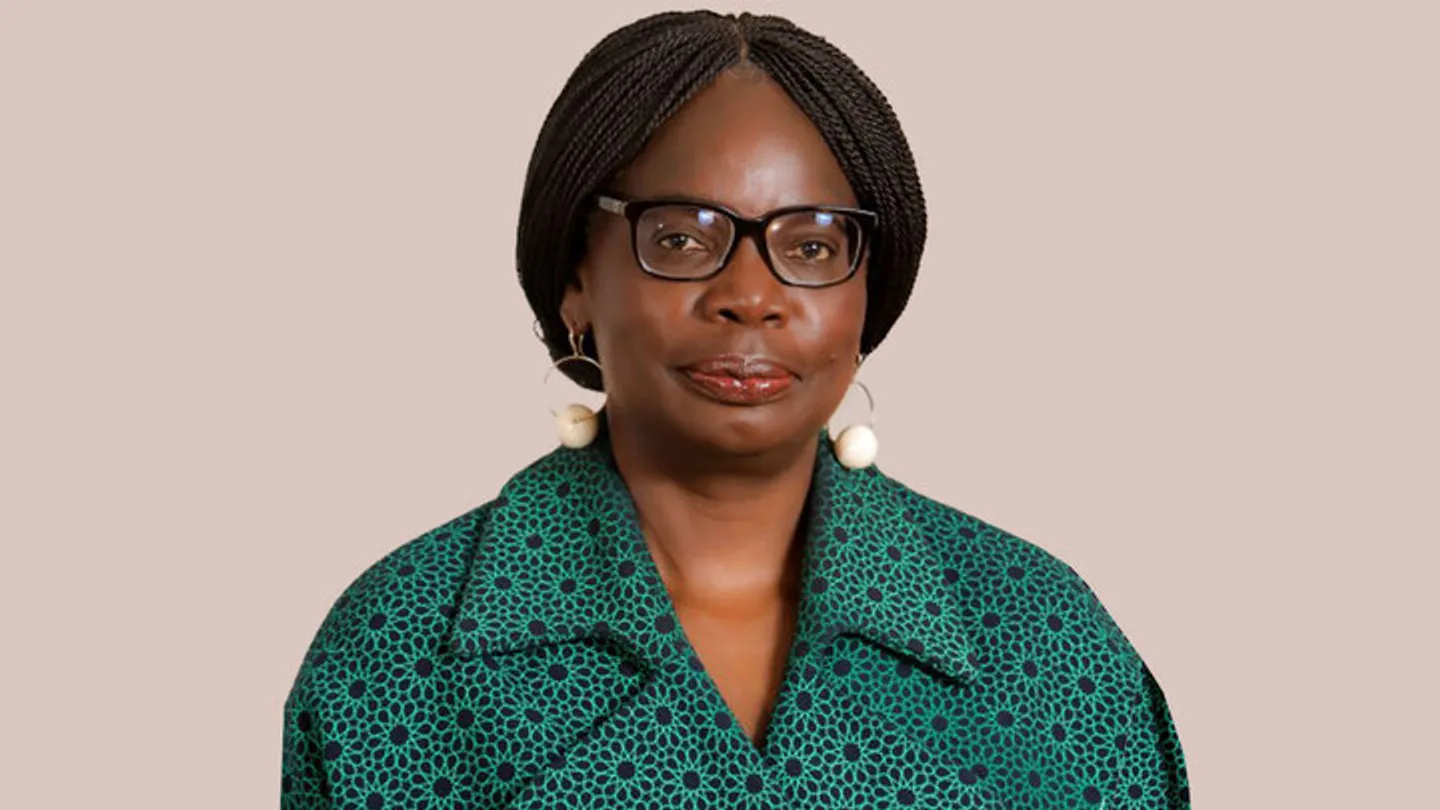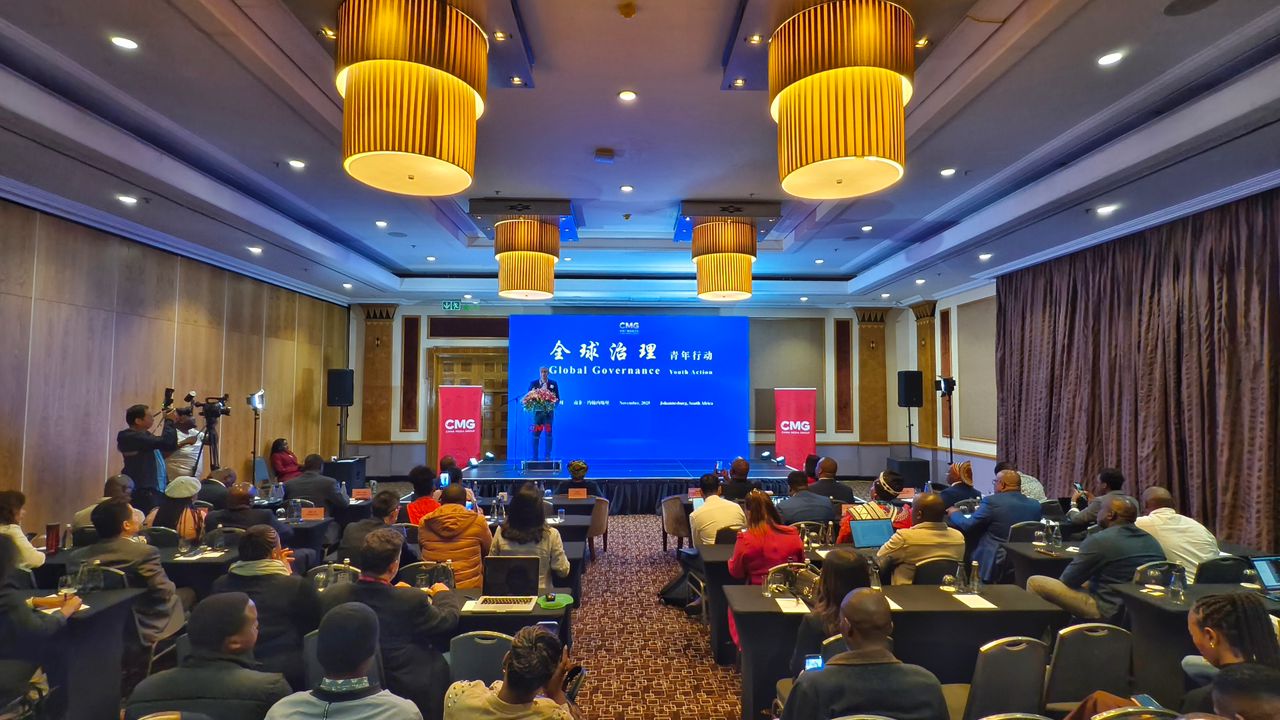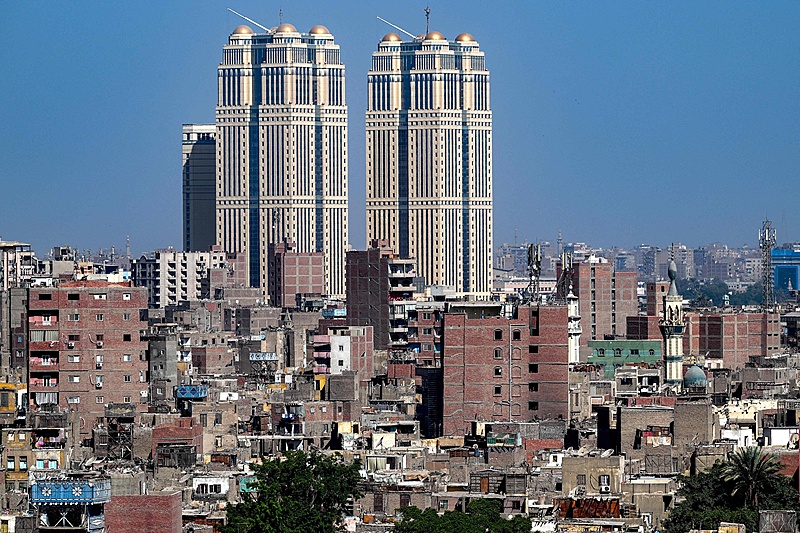
New data shows world’s largest air pollutant is in South Africa

Satellite data analysed by global non-profit organisation Greenpeace has pointed at the South African province of Mpumalanga as the world’s largest air pollution hotspot.
The data, generated by the European Space Agency’s new satellite between June and August 2018 and analysed by Greenpeace, has revealed that Mpumalanga recorded the largest NO2 emissions across six continents surveyed.
NO2 or Nitrogen Dioxide contributes to the formation of PM2.5 and ozone, stated by Greenpeace as two of the most dangerous forms of air pollution.
“It has been reported before that the Witbank area has the world’s dirtiest air, and now this analysis of high tech satellite data has revealed that the Mpumalanga province is the global number one hotspot for NO2 emissions,” said Melita Steele, Senior Climate and Energy Campaign Manager for Greenpeace Africa.
“This confirms that South Africa has the most polluting cluster of coal-fired power stations in the world which is both disturbing and very scary,” she stated.
According to a statement by Greenpeace Africa, coal and transport were the two principle sources of air pollution at Mpumalanga, which is home to a cluster of 12 coal fired power plants with a total capacity of over 32 gigawatts – owned and operated by Eskom.
The satellite data further reveals that the nearby cities of Johannesburg and Pretoria are also highly affected by extreme NO2 pollution levels, which blow across from Mpumalanga.
“Air pollution is a global health crisis, with up to 95% of the world’s population breathing unsafe air. (South Africa) urgently needs to come up with an action plan that protects millions of people, instead of dirty coal power stations,” Steele pointed out.
“The reality is that coal extraction and burning has devastating impacts on the people living in the area,” continued Steele.
Other African countries mentioned in the list of largest NO2 hotspots in the wold include Angola, the Democratic Republic of Congo and Egypt.
“Air pollution is a global health crisis, with up to 95% of the world’s population breathing unsafe air,” Steele stated.
Compared with many other countries South Africa has relatively weak Minimum Emission Standards (MES), that allow coal-fired power stations to emit up to 10 times more NO2 than allowed in developed countries.
In a report by South Africa’s Eyewitness news however, Eskom has said it’s in the process of developing technology to help reduce emissions. The effort is estimated will take up to $478m to complete.






